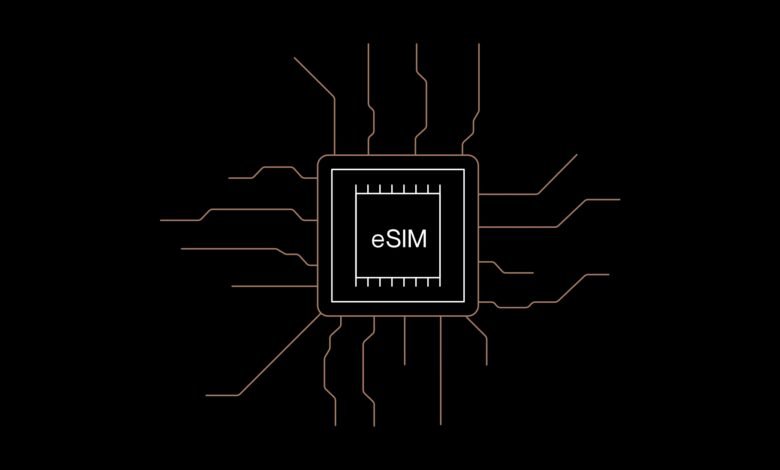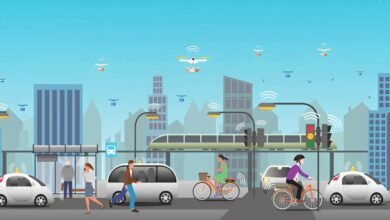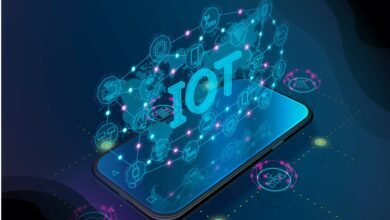Understanding eSIM Technology for IoT Deployments in Germany
This article explores how eSIM technology is shaping the future of IoT in Germany, delving into its benefits, challenges, use cases, and regulatory landscape.

In today’s hyper-connected world, the Internet of Things (IoT) is revolutionizing industries across the globe. From smart manufacturing to connected vehicles, the need for reliable, scalable, and flexible connectivity has never been greater. Enter eSIM technology—a game-changer for IoT deployments, particularly in advanced markets like Germany.
This article explores how eSIM technology is shaping the future of IoT in Germany, delving into its benefits, challenges, use cases, and regulatory landscape. If you’re a business looking to deploy IoT solutions in Germany, understanding eSIM is essential to gaining a competitive edge.
What is eSIM technology?
eSIM (embedded SIM) is a programmable SIM card embedded directly into a device, eliminating the need for physical SIM cards. Unlike traditional SIMs, eSIMs can store multiple carrier profiles and be remotely provisioned, enabling seamless switching between mobile network operators (MNOs).
Key Features of eSIM:
- Remote provisioning: Activate or switch carriers without physical access.
- Compact form factor: Ideal for small or rugged IoT devices.
- Enhanced durability: More resistant to temperature, vibration, and moisture.
- Global scalability: Simplifies logistics for international deployments.
Why eSIM is Crucial for IoT
IoT devices often operate in remote, harsh, or mobile environments. Traditional SIM cards pose limitations due to their physical nature. Here’s how eSIM addresses those limitations:
- Remote Device Management: Provision and update devices over the air.
- Carrier Flexibility: Avoid vendor lock-in with the ability to switch networks.
- Scalability: Manage thousands of devices globally with a single platform.
- Security: eSIM offers tamper-resistant hardware and encrypted provisioning channels.
IoT Adoption in Germany: A Snapshot
Germany is a European powerhouse in IoT innovation, particularly in sectors like automotive, manufacturing, and energy. With the rise of Industrie 4.0, businesses are investing heavily in connected devices and automation.
Key Stats:
- Over 50% of German manufacturers use IoT solutions.
- 5G and NB-IoT coverage is expanding rapidly.
- The German government supports IoT development through initiatives like Digitalstrategie Deutschland.
Major Players:
- Deutsche Telekom: Leading in eSIM-enabled M2M solutions.
- Vodafone Germany: Offers global IoT SIMs and connectivity platforms.
- Telefónica Germany: Provides eSIM-based M2M connectivity management.
Real-World Use Cases of eSIM in German IoT Deployments
1. Automotive & Mobility
- Connected car services (navigation, diagnostics, infotainment)
- Fleet tracking and optimization
- Smart public transportation
2. Manufacturing & Industry 4.0
- Remote equipment monitoring
- Predictive maintenance
- Real-time analytics via edge devices
3. Healthcare
- Wearable medical devices
- Remote patient monitoring systems
- Secure transmission of sensitive health data
4. Smart Utilities
- eSIM in smart meters for real-time consumption tracking
- Remote diagnostics and firmware updates
- Energy grid load balancing
5. Agriculture
- Precision farming using sensor data
- Livestock monitoring in remote areas
- Automated irrigation systems
Regulatory Landscape: Deploying eSIM in Germany
Germany maintains a strict but innovation-friendly regulatory framework for telecommunications and data privacy.
Key Compliance Points:
- GDPR: eSIM providers must ensure end-to-end data protection.
- BNetzA: The Federal Network Agency regulates telecom infrastructure and standards.
- eUICC Compliance: Devices must adhere to GSMA’s Embedded Universal Integrated Circuit Card (eUICC) specifications.
Certifications:
- BSI (Federal Office for Information Security) guidelines for secure communication.
- Carrier-specific certifications for interoperability and security.
Challenges in Adopting eSIM for IoT in Germany
Despite its advantages, adopting eSIM technology comes with certain challenges:
- Interoperability Issues: Different vendors and platforms may not seamlessly integrate.
- Carrier Lock-In Risk: Some “eSIM” offerings are not truly remote-manageable.
- Complex Onboarding: Initial setup of SM-DP+/SM-SR platforms can be technical.
- Fragmented Market: Varying standards across countries affect international IoT devices.
Opportunities and Future Trends
5G + eSIM = IoT Acceleration
With ultra-low latency and high bandwidth, 5G networks paired with eSIM create ideal conditions for:
- Real-time applications
- Autonomous vehicles
- Remote robotics in manufacturing
Global Roaming Optimization
For German IoT exporters, eSIM allows:
- Pre-installed carrier profiles
- Automatic local network switching
- Reduced roaming costs
Private Networks & Edge Computing
- eSIM streamlines management of private LTE/5G networks.
- Facilitates hybrid connectivity models for edge devices.
Evolving Standards
The GSMA and ETSI are continuously updating eSIM and eUICC standards to address cross-border provisioning and IoT-specific requirements.
Getting Started: Deploying eSIM for IoT in Germany
Here’s a step-by-step approach to deploying eSIM-enabled IoT solutions in the German market:
1. Assess Connectivity Requirements
- Number of devices
- Data usage
- Geographic spread
2. Choose eSIM-Compatible Hardware
- Verify GSMA eUICC compatibility
- Consider rugged or industrial-grade devices
3. Select a Trusted MNO or Connectivity Provider
- Look for proven eSIM management capabilities
- Ensure support for SM-DP+ remote provisioning
4. Implement Remote Provisioning Infrastructure
- Use a cloud-based eSIM management platform
- Test switching profiles and managing credentials remotely
5. Ensure Legal Compliance
- Conduct a GDPR compliance audit
- Register devices with BNetzA if required
6. Launch and Scale
- Start with a pilot program
- Gather data and optimize before scaling
Conclusion
eSIM technology is unlocking new possibilities for IoT deployments in Germany. From flexible connectivity to global scalability and enhanced security, eSIM is a powerful enabler of digital transformation across sectors. By understanding the benefits, regulatory landscape, and practical implementation strategies, businesses can future-proof their IoT investments.
Now is the time to embrace eSIM. Whether you’re optimizing a smart factory, launching connected vehicles, or scaling an IoT platform, eSIM offers the flexibility and reliability your solutions need.











